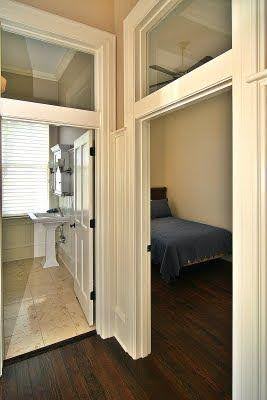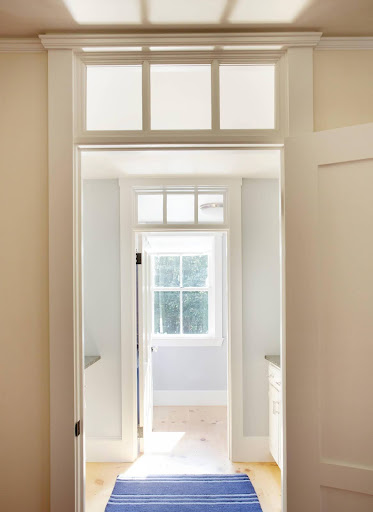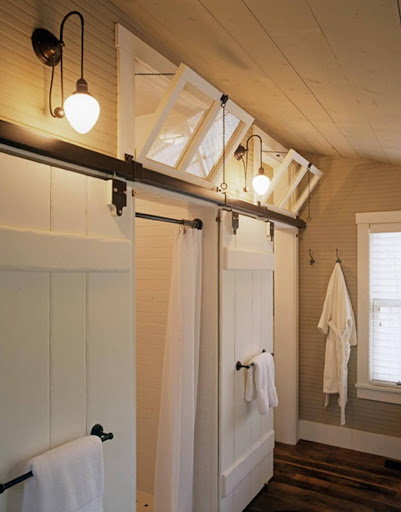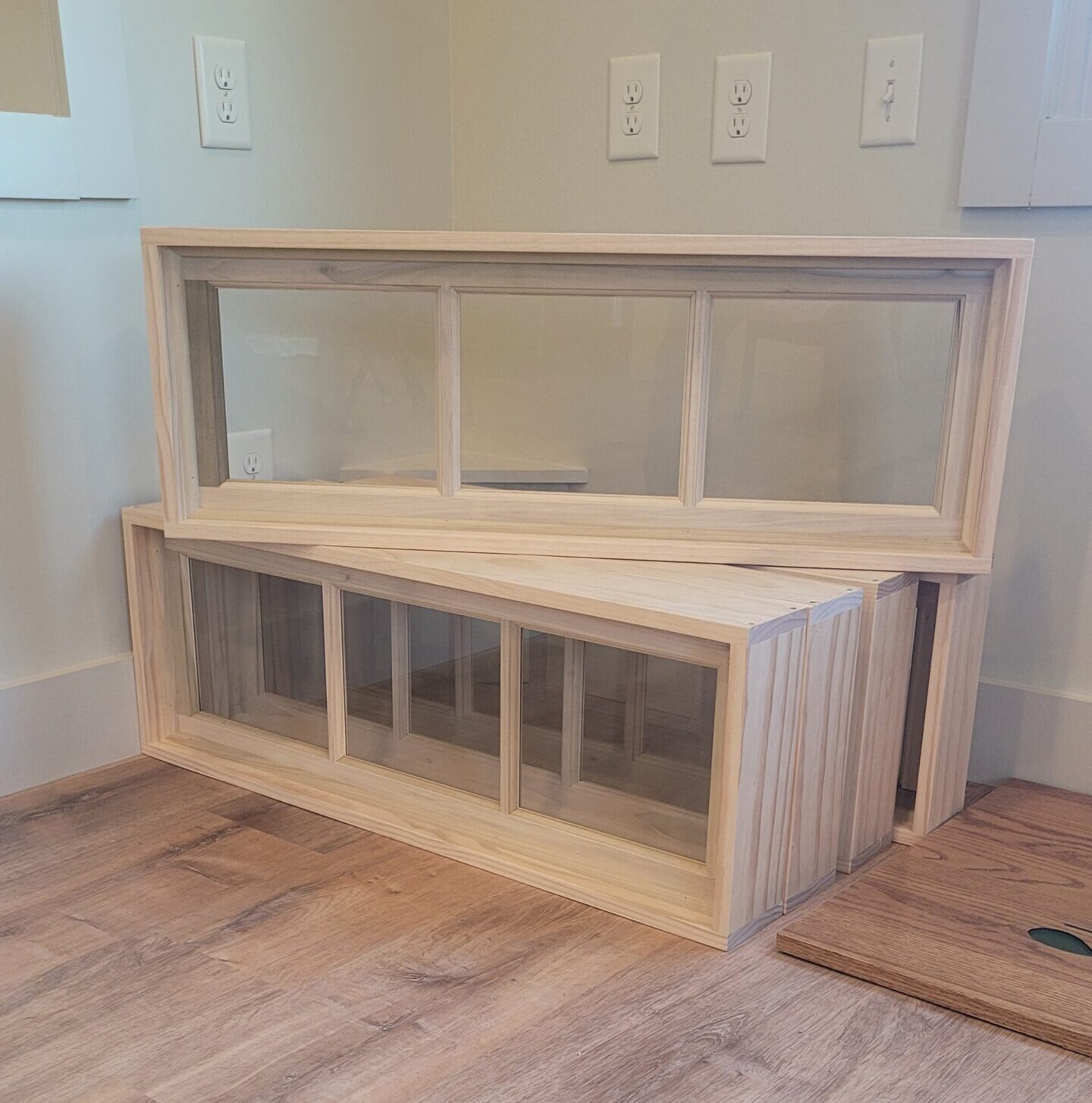Elegance Illuminated: The Timeless Allure of Transom Windows
Welcome to the world of architectural sophistication. Here our focus is on the captivating world of transom windows. We just received an order of transom windows for a new home we’re building. In fact, this kind of window has grown in popularity this past year.
According to Southern Living, “transom windows have always been popular, and…they’ve been more prevalent than ever in the last few years. It’s not just a trend though. In fact, we don’t see transom windows going out of style any time soon.”
So what is a transom window?
Unveiling the Transom Window: An Architectural Marvel
A transom window is a small window set above doors or other windows. Not merely a piece of glass, a transom window is an architectural marvel that transcends time, serving as both a practical and aesthetic addition to interior spaces. Let’s explore the world of transom windows, discovering their history, purpose, and the myriad benefits they bring to modern interior design.
A Glimpse into History: The Evolution of Transom Windows
To truly appreciate the allure of transom windows, we embark on a journey through the corridors of architectural evolution. The story of transom windows begins in the medieval era, where their luminous presence graced the towering halls of churches and cathedrals. In this era of spiritual grandeur, transom windows played a pivotal role, channeling divine light into the sacred spaces below.
As architectural epochs unfurled, transom windows made a graceful transition from ecclesiastical settings to becoming a hallmark of residential design during the Georgian and Victorian eras. The functionality that initially defined them evolved into a marriage of practicality and aesthetics. The Georgian period, characterized by neoclassical influences, witnessed transom windows adorned with delicate moldings and classical motifs, embodying a commitment to symmetry and order.

The Victorian era, on the other hand, heralded an age of exuberance and opulence. Transom windows became more than just conduits for light; they transformed into canvases for stained glass, reflecting the era’s fascination with vibrant colors and intricate detailing. These windows became a showcase of craftsmanship, each piece a unique work of art, elevating homes to the status of personal galleries.
As the architectural landscape shifted into the early to mid-20th century, with the advent of modernist movements, there was a departure from ornate detailing. Yet, even in the face of evolving design philosophies, the essence of transom windows endured. The core principles of enhancing natural light and creating a harmonious visual experience persisted, adapting to the changing tastes and preferences of each era.
In contemporary times, transom windows have experienced a revival. Homeowners and designers are rediscovering the timeless charm of these architectural elements, incorporating them into spaces that seamlessly blend classic elegance with the sleek lines of modern design. The journey of transom windows through history is a testament to their versatility and enduring appeal—a tale of adaptation, transformation, and the enduring pursuit of luminous sophistication.

So, as you consider the integration of transom windows into your home, remember that you’re not just selecting a piece of glass; you’re embracing a legacy that has illuminated the architectural tapestry of centuries. May your homes resonate with the timeless glow that transom windows bring, connecting past and present in a harmonious dance of light and design.
Illuminating Purpose: The Role of Transom Windows in Interior Design
Beyond their historical origins, transom windows play a pivotal role in modern interior design. Their primary purpose is to usher in natural light, creating a luminous and inviting atmosphere within a space. This illumination effect not only enhances the aesthetics of a room but also contributes to a sense of openness and airiness.
Varieties of Transom Windows: A Spectrum of Possibilities
1. Fixed Transom Windows:
- Purpose: Stationary, providing a steady stream of light without ventilation.
- Ideal Spaces: Hallways, formal living rooms, or areas where constant airflow is not a priority.
2. Operable Transom Windows:
- Purpose: Designed to open and close, offering the option for increased ventilation.
- Ideal Spaces: Kitchens, bathrooms, and rooms where controlled airflow is desired.
3. Stained Glass Transom Windows:
- Purpose: Infuses color and artistic flair while maintaining the benefits of natural light.
- Ideal Spaces: Entryways, formal dining rooms, or spaces where a touch of opulence is desired.
4. Clear Glass Transom Windows:
- Purpose: Maximizes the transfer of light between rooms without obstructing the view.
- Ideal Spaces: Connecting spaces with distinct functionalities, such as a study and a living room.

The Contemporary Resurgence: Why Transom Windows Still Shine
In an era dominated by sleek and modern design, transom windows have not lost their luster. They seamlessly bridge the gap between classic elegance and contemporary aesthetics. Whether you opt for the traditional fixed design or the dynamic operable variation, transom windows stand as a testament to the enduring marriage of form and function.
As you embark on your journey of home construction or remodeling, consider the timeless charm and practical benefits that transom windows can bring to your living spaces. May your homes be filled with the radiant glow of natural light and the unmistakable touch of architectural sophistication.
Wishing you inspired design choices and transformative home projects,
Shawn Jack, Jack Home Construction and Remodeling

